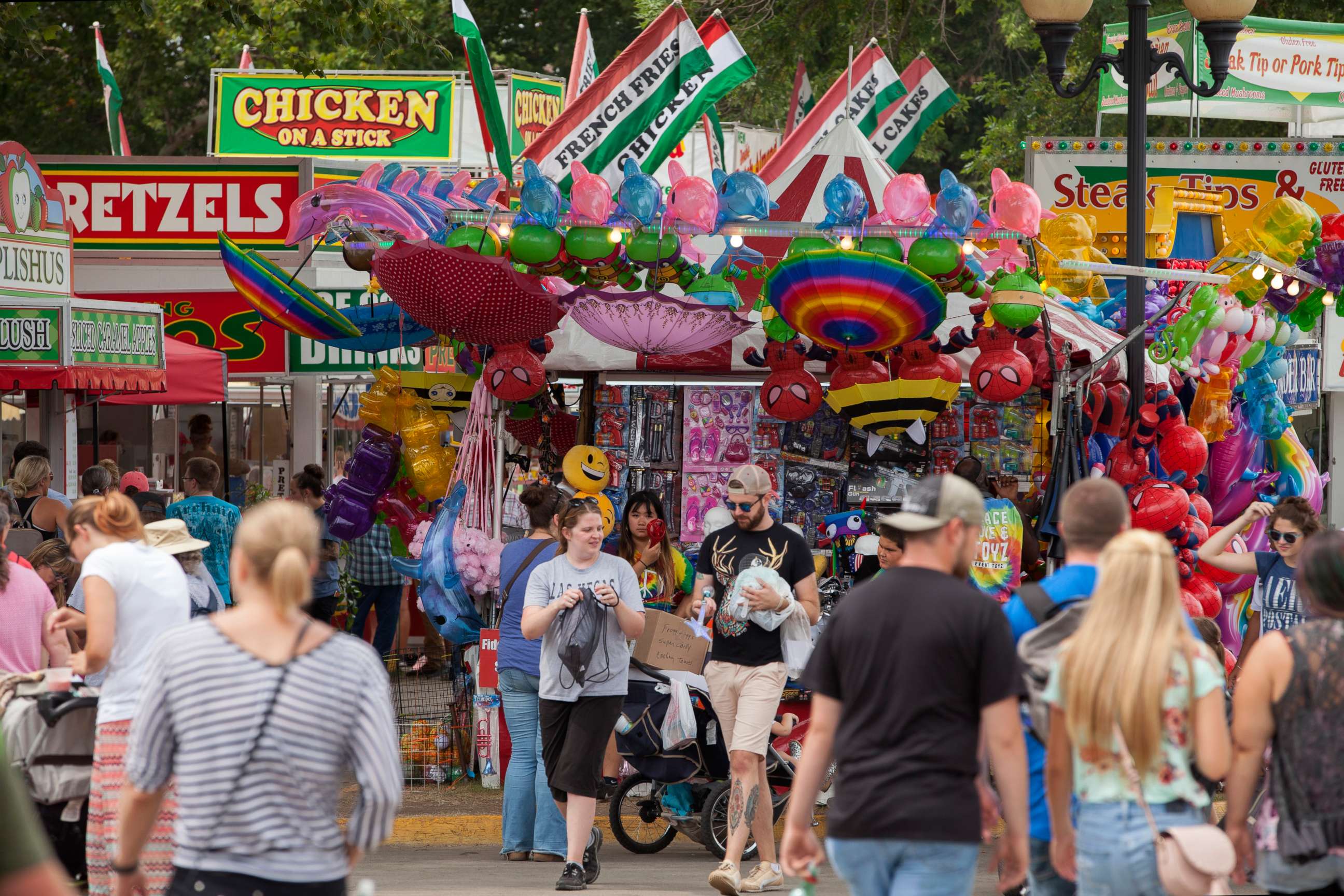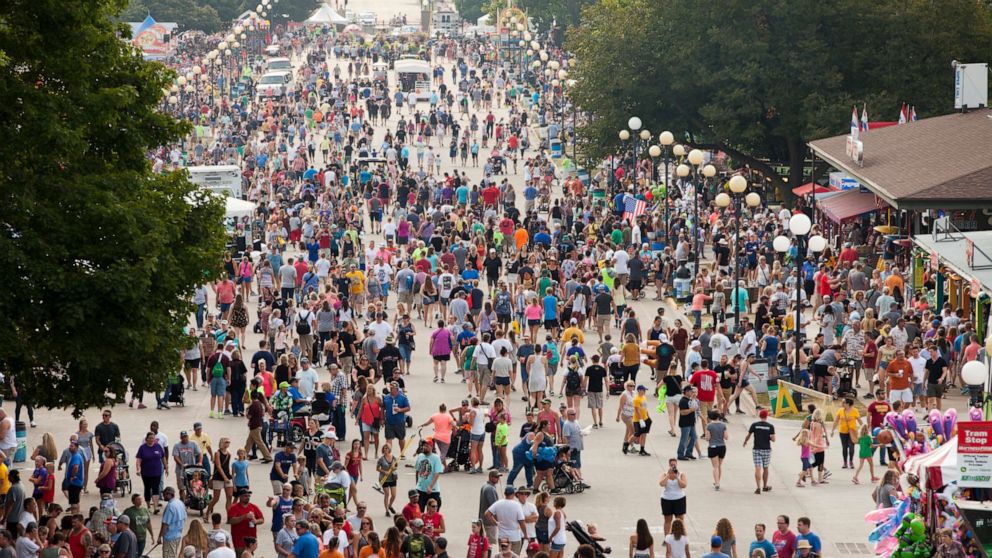2020 campaigns shift into high gear at Iowa State Fair: Here's what you need to know
For many Iowans, the state fair marks the true start of caucus season, when the campaigns shift into high gear. Here's what you need to know about the annual event, according to the Iowa State Fair and the Des Moines Register.
What:
The State Fair is by far Iowa's largest event of the year, and is a chance for political candidates to make an impression on the nation's first caucus-goers. Last year, 1,130,260 people flocked to the fair and set the record for the highest attendance in its 165-year history. The fair is known for its agricultural and industrial exhibitions, musical acts, carnival rides and nearly 200 food vendors offering local specialties including fried pork chops.
Where:
Since 1886, it has been held at the designated 450-acre state fairgrounds on the outskirts of Des Moines. The fairgrounds include 160 acres of campgrounds -- camping out at the fair is not only a tradition for vendors, but many Iowa families make the journey every year and some have been returning to the same campsite for generations.
When:
The state fair takes place annually over 11 days in August, starting with the second Thursday of the month. This year it will be held from Aug. 8 to 18.
Who:
This year, 22 presidential candidates, including Republican Bill Weld, have announced that they will be at the fair. The only candidates who haven't scheduled appearances yet are Mayor Wayne Messam of Miramar, Florida, President Donald Trump and former Rep. Beto O'Rourke, who will remain in El Paso, Texas, following Saturday's shooting where 22 people were killed.
Why it matters:
Candidates have been touring Iowa and talking to potential caucus-goers for months now, but the State Fair gives them access to a larger audience.

Candidates will speak at the Des Moines Register Political Soapbox, a raised platform on the fair's Grand Concourse. They will have 20 minutes to make their pitch to Iowans from all reaches of the state.
Not only is the State Fair an opportunity to build name recognition, but it also serves as an informal poll: anyone who looks over 18 can go to a tent hosted by a local television affiliate and put a kernel of corn into a jar in front of a picture of their candidate of choice. In 2012, attendees cast over 72,000 kernel-votes. In 2012, presidential candidate Mitt Romney won 55% of the unscientific poll, although then-candidate Barack Obama would go on to win the state by 51%. In 2016, the poll predicted that Trump would win by 56%. That November, he won the state by 51%.
When not on the soapbox, candidates can mingle with potential voters as they enjoy the fair's many attractions, such as its famous butter cow and 69 kinds of food on a stick.
History:
The fair began in 1854, just eight years after Iowa became a state. It has been held nearly every year since then, interrupted only by the Spanish-American War and World War II. It was permanently moved to the state capital of Des Moines in 1878. The first presidential candidate to campaign at the fair was Dwight D. Eisenhower in 1954.




